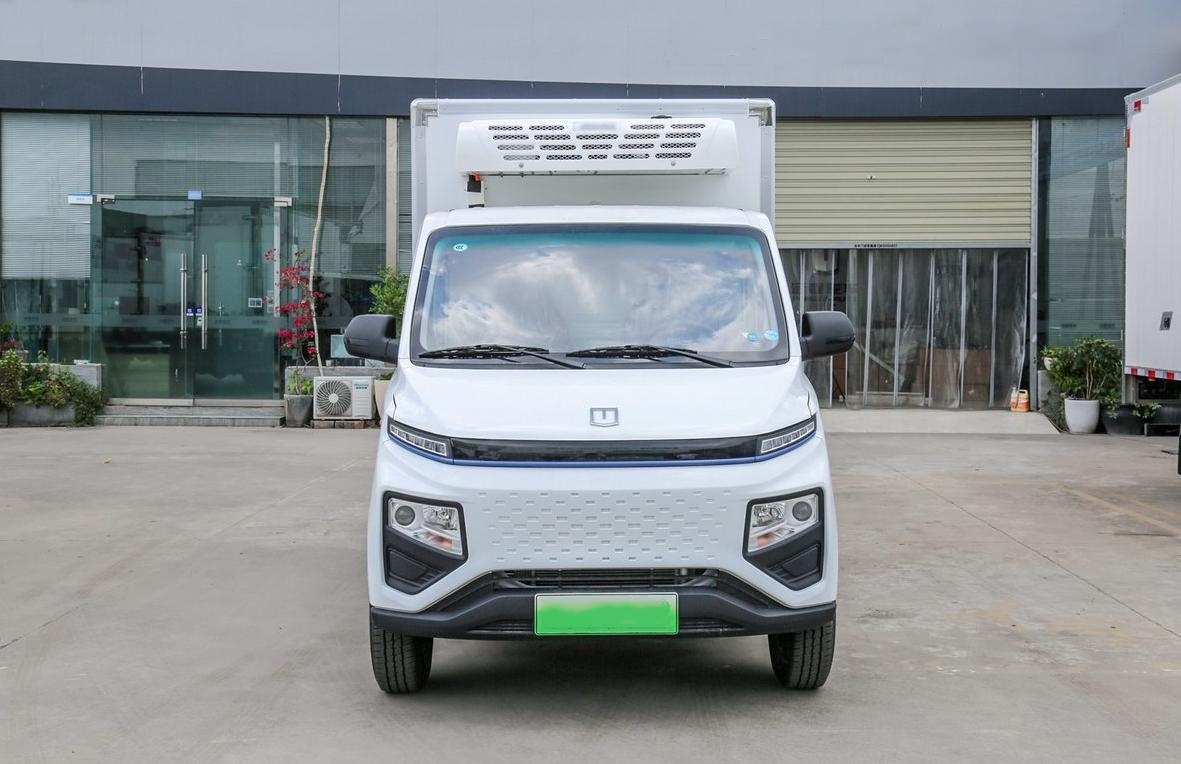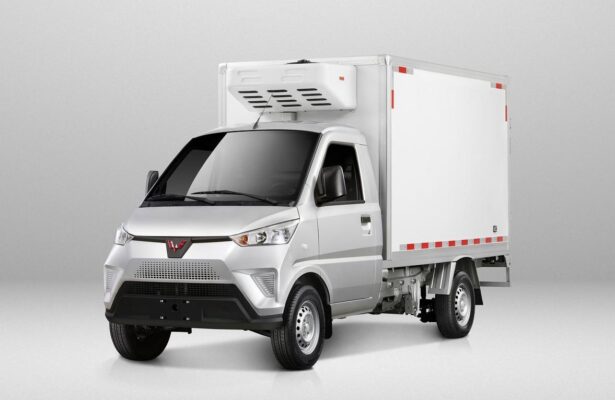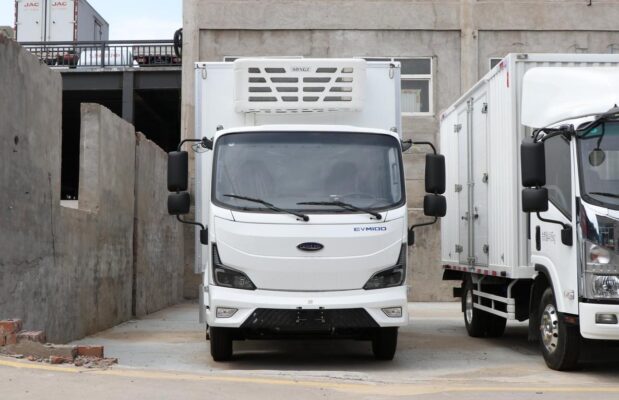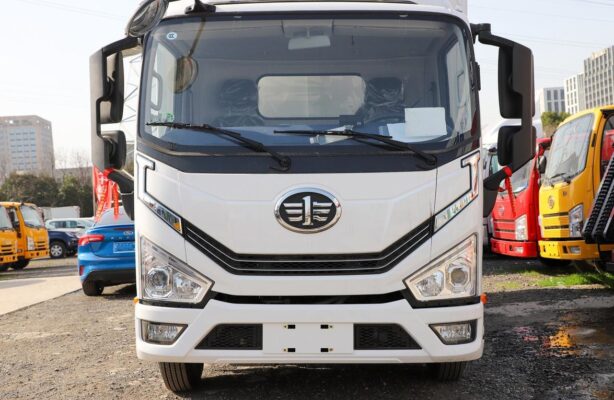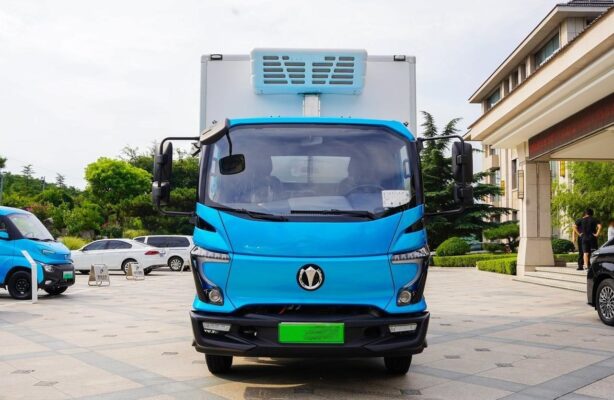Electric Truck News
Why does China develop electric vehicles?
As the world grapples with pressing environmental issues, China faces its own substantial environmental challenges due to its status as one of the world’s largest automobile markets. To address these issues, the Chinese government has turned to the development of electric vehicles (EVs), an effort aimed not only at tackling pollution but also at fostering economic growth and energy security. This article explores the key reasons behind China’s push for electric vehicles, examining their environmental advantages, the potential for energy alleviation, economic impacts, government policies, and the challenges that lie ahead.
1. Environmental Advantages of Electric Vehicles over Traditional Fuel Vehicles
Electric vehicles offer a range of environmental benefits over conventional fuel vehicles, making them a cornerstone in China’s green initiatives.
1.1 Emissions Reduction
EVs are powered by electricity rather than gasoline or diesel, eliminating direct exhaust emissions. In cities where pollution levels are critical, such as Beijing and Shanghai, the reduction of tailpipe emissions plays a substantial role in improving air quality. While the production of EVs and the generation of electricity (depending on its source) may produce some emissions, EVs generally still offer a significantly lower overall carbon footprint.
1.2 Improved Energy Utilization
Traditional internal combustion engines (ICEs) in fuel vehicles are inherently less efficient in converting fuel into energy, with a significant portion of energy lost as heat. Electric motors, on the other hand, convert electrical energy directly into mechanical energy, allowing for greater efficiency and less energy waste. According to studies, electric engines can achieve energy conversion efficiencies of over 90%, compared to around 20-30% for ICEs. This advantage translates to less energy consumption overall, contributing to sustainability.
1.3 Noise Pollution Reduction
Electric vehicles operate much more quietly than traditional fuel vehicles due to their simpler mechanical systems. In densely populated areas, the reduction in noise pollution contributes to a more peaceful environment, which can improve the quality of life for residents. This quieter operation is especially advantageous in urban areas, where traffic noise is a significant concern, impacting sleep, concentration, and overall mental well-being.
1.4 Advances in Battery Technology and Range Improvement
One of the major concerns historically associated with EVs has been their range limitations. However, advancements in battery technology, including lithium-ion and solid-state batteries, have considerably extended the driving range of modern EVs, easing consumer concerns about range anxiety. This ongoing progress aligns with the Chinese government’s commitment to supporting research and development in battery technology to improve EV efficiency, energy density, and lifespan.
2. Addressing Global Energy Tensions: Electric Vehicles and Energy Alleviation
The development of EVs is crucial in addressing global energy challenges, especially with respect to oil dependence and the integration of renewable energy sources.
2.1 Reduced Dependence on Petroleum Resources
China is heavily dependent on imported oil to meet its energy needs, and this dependency poses risks in terms of energy security and market volatility. By promoting EVs that use electricity rather than gasoline or diesel, China reduces its reliance on petroleum. As EVs become more prevalent, they decrease the overall demand for oil in the transportation sector, contributing to greater energy independence and a more stable energy economy.
2.2 Facilitating the Use of Renewable Energy
One of the significant advantages of EVs is that they can be powered by renewable energy sources like solar, wind, and hydroelectric power. China has been a global leader in renewable energy investment, and EVs provide an ideal platform to utilize this clean energy in transportation. By charging EVs with renewable power, China can further reduce its carbon footprint and build a sustainable energy ecosystem. This alignment also allows for a more balanced and resilient grid, where excess renewable energy can be stored in EV batteries, effectively reducing waste.
3. Economic Impacts of Electric Vehicle Promotion
In addition to environmental and energy-related benefits, the promotion of EVs has a profound impact on China’s economy.
3.1 Driving the Electric Vehicle Industry Chain
The production of EVs involves multiple industries, including battery manufacturing, motor and electronic control systems, and charging infrastructure. By promoting EVs, China is fostering a robust industry chain that supports technological innovation, job creation, and industrial transformation. The growth of the EV industry chain attracts considerable investment, driving demand for high-skilled labor, and propelling domestic firms to the forefront of global EV markets.
3.2 Industrial Transformation and Upgrading
The shift towards electric vehicles is a part of China’s larger strategy for industrial transformation and upgrading. Traditional automobile manufacturing has been a vital sector in China, but the transition to EVs represents a shift to high-tech and environmentally friendly manufacturing. This transition enhances China’s industrial competitiveness by positioning its automotive industry as a global leader in EV technology and innovation.
3.3 Supporting Related Sectors
The expansion of the EV market also benefits several adjacent industries. For example, renewable energy sectors—particularly solar and wind—experience heightened demand as they provide the electricity needed to charge EVs. Similarly, the power grid and energy storage sectors gain from increased investment in smart grid technology and energy storage solutions, both critical to supporting widespread EV adoption.
4. Government Measures to Promote Electric Vehicle Development
The Chinese government has implemented a range of policy measures to promote EV development, addressing barriers to entry, consumer adoption, and infrastructure needs.
4.1 Research and Development Support
The Chinese government has made substantial investments in research and development (R&D) for EV technology. By supporting companies in developing cutting-edge batteries, motors, and electronic control systems, the government helps accelerate technological advancements. These investments are aimed not only at improving EV performance and reducing costs but also at ensuring the sustainability of the EV industry.
4.2 Consumer Subsidies and Incentives
To encourage consumer adoption, the government has introduced purchase subsidies that make EVs more affordable. These subsidies help offset the higher upfront costs of EVs compared to traditional vehicles, increasing their appeal to price-sensitive consumers. In addition, tax incentives, license plate privileges, and exemptions from certain traffic restrictions are provided to EV owners, further incentivizing EV adoption.
4.3 Charging Infrastructure Expansion
A key focus of China’s EV policy has been expanding and upgrading charging infrastructure. The government has allocated funds for constructing charging stations in urban areas, highways, and even rural regions, aiming to build a comprehensive charging network that can support the anticipated growth in EVs. By addressing range anxiety and improving convenience, these infrastructure investments remove one of the primary barriers to EV adoption.
4.4 Encouraging Industry Collaboration
To foster innovation and efficiency, the Chinese government encourages collaboration between companies. By sharing resources and technology, firms can reduce costs and accelerate the development of EVs. Public-private partnerships have also been established to improve EV standards, enhance safety, and streamline the production and distribution processes within the EV supply chain.
5. Challenges Facing Electric Vehicle Development
Despite the progress made, several challenges remain that hinder the widespread adoption and development of electric vehicles in China.
5.1 Battery Technology and Range Limitations
Battery technology, while advancing, still has limitations, particularly regarding energy density, charging time, and cost. Despite improvements, range anxiety remains a concern for many consumers, especially in rural areas where charging infrastructure may be sparse. Long-term solutions, including more efficient and longer-lasting battery designs like solid-state batteries, require further R&D investment.
5.2 High Cost of Electric Vehicles
EVs generally have higher upfront costs compared to traditional vehicles, mainly due to the expensive battery technology. Although subsidies help reduce this financial burden, achieving cost parity between EVs and ICE vehicles remains a challenge. Manufacturers are working to lower production costs through economies of scale and technological innovations, but further price reductions are necessary to make EVs accessible to a broader audience.
5.3 Infrastructure and Charging Network Limitations
Despite significant investments, the charging infrastructure in China is still developing, and issues with coverage, speed, and reliability persist. In urban areas, charging stations may be overcrowded, while rural and suburban areas still have limited access to charging facilities. Solving these infrastructure gaps is essential for large-scale EV adoption.
5.4 Public Perception and Acceptance
While awareness of EVs is increasing, public perception remains a barrier. Many consumers still have reservations about EV reliability, battery lifespan, and charging convenience. To address these concerns, the government and industry must continue to educate the public on the benefits of EVs, ensuring that consumers understand how EVs can be an effective and environmentally friendly alternative to traditional vehicles.
Conclusion
China’s pursuit of electric vehicle development is driven by a combination of environmental, energy, and economic goals. While electric vehicles offer clear advantages over traditional fuel vehicles in reducing emissions, lowering dependence on petroleum, and promoting industrial transformation, challenges remain in battery technology, cost, infrastructure, and public perception. Through government policy support, industry collaboration, and ongoing R&D efforts, China is actively working to address these challenges, aiming to make EVs the mainstream choice for sustainable transportation.
As technology advances and policies evolve, electric vehicles are likely to play a central role in China’s transportation landscape, helping the country achieve its environmental goals, reduce energy reliance, and foster a competitive, sustainable economy.
